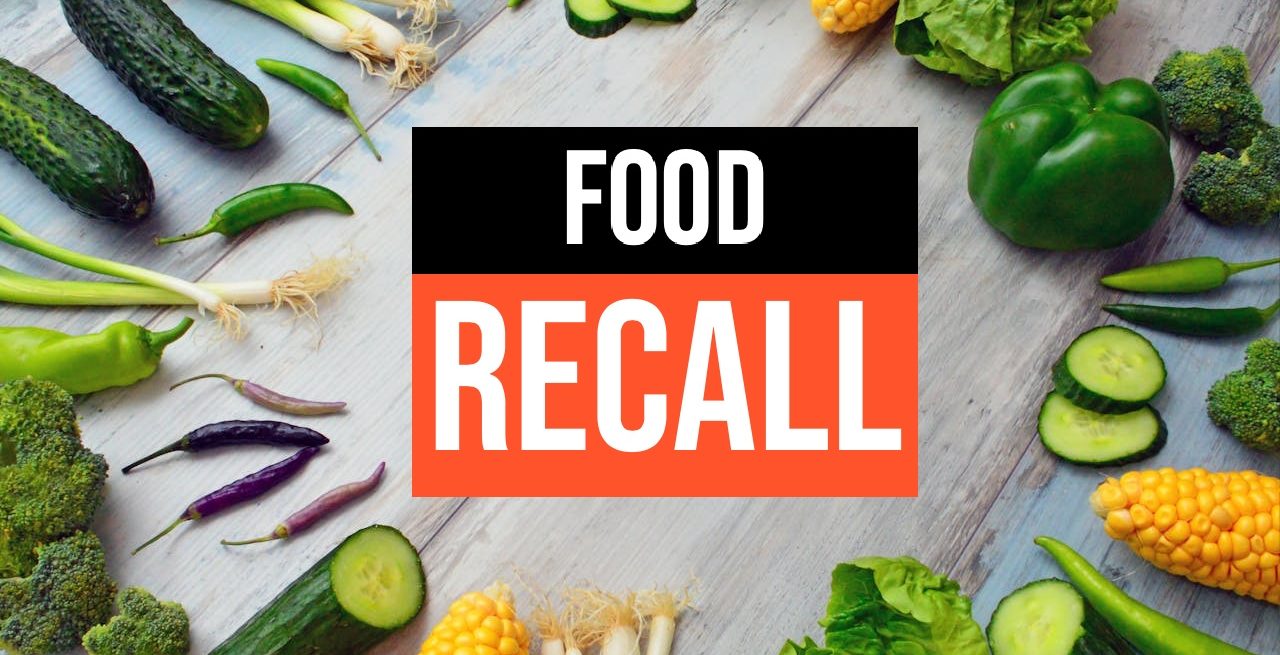How to Minimize the Economic Impact of Food Recalls
4 Min Read By Roger Hancock
Protecting consumers from harm is the top priority in any recall situation. At the same time, as food recalls arerising, their economic impact can be devastating for restaurants and other food businesses. Did you know that the average direct cost of a food recall is $10 million, including recall notification and processing, as well as product transportation and disposal? Indirect costs can also be tremendous, including damage to a brand’s reputation, decreased sales, falling stocks, and loss of consumer trust. The costs of root cause analysis, testing, and corrective actions are usually hidden costs of a recall.
Even businesses that practice gold standard food safety protocols can have a food safety breach that results in a recall. Your restaurant’s supplier may inadvertently bring you contaminated produce, a shipment of refrigerated foods may have been time-temperature abused on the delivery truck, or an employee could have made an innocent mistake. It’s not a matter of if your company will be involved in a recall – it’s when.
Being properly prepared for a recall can help your company lessen the economic fallout. And understanding the potential ramifications of a food recall can help you minimize its economic impact and recover faster. Therefore, it’s wise for restaurants and other food businesses to:
- Understand the risks. The number of recalls have been rising in recent years, in part because supply chains have become more complex and regulatory oversight has increased. Yet, many companies don’t take the time to consider possible costs associated with a recall, which can include investigations, research, transportation, disposal, legal costs, cleaning, product testing, etc. You may also incur extra costs for activities like staffing consumer help lines. It’s worth the time and effort to conduct an economic deconstruction of a recall, which will help you better understand the risks and conduct future recalls in a way that helps contain costs. Also, understand that additional costs may be incurred after the recall to rebuild the brand and trust with your trading partners and consumers.
- Consider indirect costs. Indirect costs, like damage to your brand reputation, the negative impact on consumer trust and loyalty, and long-term loss of sales, can be significant. A Harris Indirect poll found that 55 percent of consumers would temporarily switch brands following a recall, 15 percent would never purchase the recalled product again, and 21 percent would avoid purchasing any products made by the company. And after large, multi-state spinach and peanut butter recalls, nearly three-quarters of consumers stopped buying these products altogether due to safety concerns. While it can be difficult to put an actual number on the economic impact of reputational damage, know that it can be huge and long-lasting. Restaurants and other food businesses risk loss of consumer trust and loyalty, negative media coverage and social media comments, as well as plunging sales and stocks. Even though recall insurance is available for these indirect costs, the long-term – potentially irrevocable – damage to your company may create losses beyond covered costs.
- Prepare. A large, well-known food brand recently made headlines for a huge, multi-state recall that didn’t go smoothly. The company didn’t accurately identify – and report – all contaminated products, so they had to repeat recall efforts with an expanded product list. Expanding the recall added more logistics – and costs to the process. Additionally, ineffective recalls can be extremely damaging in terms of lost consumer trust, reputational damage, litigation, bad press, etc. A company that’s well-prepared will spend less money on the recall process than a company that’s less prepared.
- Have proper protections in place. Recall insurance helps mitigate financial losses. Work with insurance professionals to ensure that your company has proper product recall insurance in place beforea recall happens. Understand that General Liability insurance often does not cover recall costs.
- Use proper preventive measures. Even if your organization has the most stringent food safety protocols in place, a recall could still happen. Just like an airbag is a preventive measure to protect in an auto accident, recall preparation is preventive for a product defect event. Create a recall plan. Conduct recall simulations with your trading partners. Invest in technology for traceability and recall management. These are the best preventive steps you can take.
- Rely on technology. Technology makes it easier – and more accurate – to increase real-time visibility, improve food safety, boost compliance, and optimize operations. These efficiencies reduce costs significantly. Use tech solutions to improve your recall processes, supply chain visibility, traceability, and more. Tech systems designed specifically for the food industry can help minimize the economic fallout from recalls – as well as improve key metrics like consumer loyalty, trust, and retention.
- Avoid the main causes of poor recall management. Tech tools can help your business – and your trading partners – avoid the problems that can complicate your recall processes and add expenses to the effort, like inefficient trackability and traceability systems, lack of visibility across the supply chain, and ineffective data sharing. These challenges can add complexity – and costs – to your company’s recalls. Elevating, streamlining and automating your supply chain management can boost efficiency and minimize expenses.
Work proactively to protect the health of consumers (the most important thing!) as well as your brand. Plan and practice with your trading partners, standardize data and processes across the supply chain, and use tech solutions to elevate visibility and traceability. Also, take the time to understand the costs and the risks around recalls so you’re better prepared to contain these expenses and reduce the economic impact.


